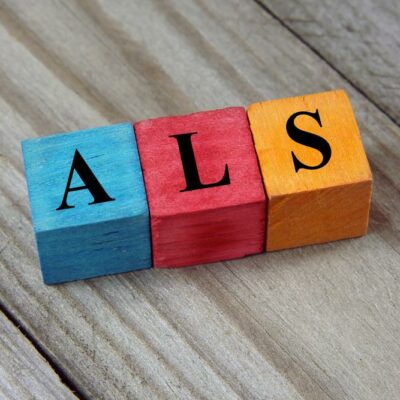
Health
Common Causes of Acid Reflux
Acid reflux or gastroesophageal reflux disease generally occurs when there is excessive gastric juice refluxed into the esophagus. This might result in different symptoms—either with or without esophageal mucosal injury. GERD or gastroesophageal reflux disease can be considered a very common digestive problem characterized by the passage of gastric elements from the stomach to the esophagus. Heartburn is one of the most common symptoms of this disorder, which is a kind of burning sensation in the upper abdomen and chest. What are the symptoms of gastroesophageal reflux disease? The symptoms of acid reflux include: Frequent clearing of the throat Coughing Difficulty swallowing food or water (or dysphagia) Exacerbation of asthma or hoarseness Burning sensation in the chest especially after eating, which might worsen at night Regurgitation of sour liquid and food Laryngitis Disrupted sleep What are the causes of gastroesophageal reflux disease? It is important to understand the risks of this problem prior to understanding the causes. The risk factors for succumbing to this disorder include foods that increase the production of acid within the stomach. In addition to foods, there are certain conditions that can also result in acid flowing into the esophagus. The main causes of acid reflux are as follows:
Read More 















